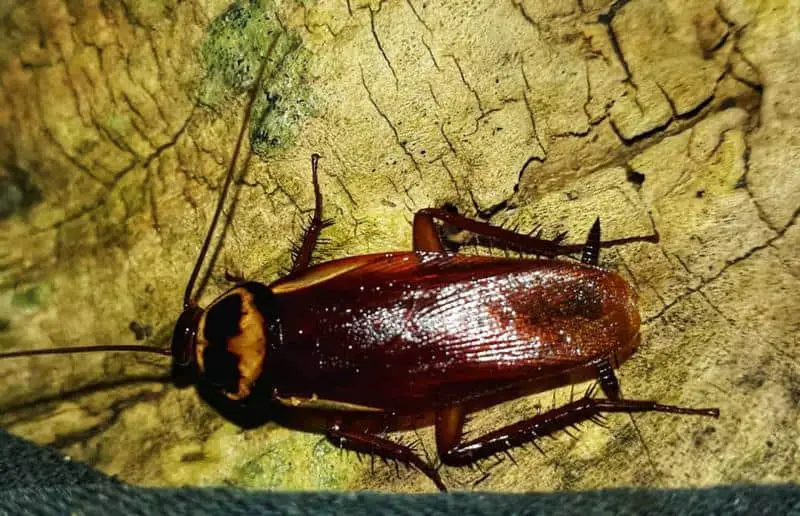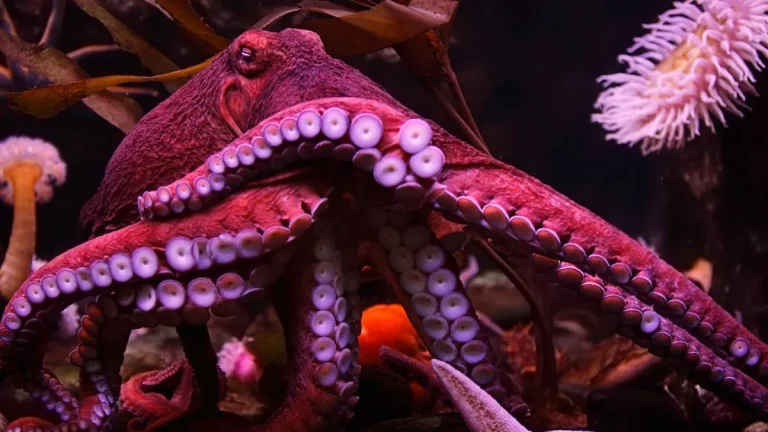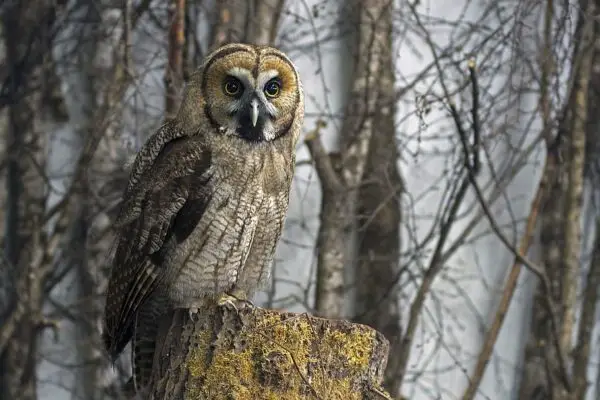The heart is a muscular organ that pumps blood via blood arteries to transport nutrients and oxygen into the body as well as metabolic waste (CO2) to the lungs for expulsion.
A single heart, divided into four or three chambers (atriums and ventricles), powers the majority of animals, including humans.
On the other hand, certain creatures—such as jellyfish, sea cucumbers, starfish, and coral—have no hearts at all, while other animals have many hearts or circulatory systems so intricate that they need backup pumps.
Some of them have three, four, or even thirteen hearts, so it’s not just one little additional heart. Isn’t it intriguing?
Now, please settle down as I welcome you to learn the mysteries of the creatures that have many hearts in this essay.
Tri-Heartled Animals
The Octopus

The octopus is one of the smartest and most sophisticated invertebrates, capable of a variety of sophisticated activities such as ink ejection, swift swimming, hiding, displaying threats, camouflaging, and even deceiving, all done to protect itself from predators.
Because these aquatic marvels have three hearts and nine brains (maybe we’ll discuss that in a future post), they are much more amazing, which is why this “little” guy made our list today.
Known as “branchial hearts,” the two hearts of the octopus are responsible for pumping blood through its two gills, carrying waste products and oxygen.
The third heart, a systemic heart with two atria and one ventricle that divides into muscular, astringent walls, distributes oxygen-rich blood throughout the body.
It makes sense that the octopus requires large blood flows to oxygenate all nine of its brains—one core brain, located in the head, and one in each of its eight limbs.
Because swimming causes the octopus’s systemic heart to become inactive, it exhausts itself quickly, which is why it would rather crawl.
The rich-copper protein that facilitates oxygen transport gives octopus blood its blue color and high viscosity.
Hemocyanin is a kind of protein that flows more slowly through blood plasma than hemoglobin because of its larger size.
The octopus’s three hearts are designed to make up for the hemocyanin’s less effective oxygen transfer.
Squid!

Squids belong to the same family as octopuses, the Cephalopodae, but they differ in having a tiny pen-shaped chitin skeleton.
Like its “cousin,” the squid is intelligent; it can change color to communicate or blend in with its surroundings. It can also move swiftly thanks to jet propulsion.
Unlike lone octopuses, squid hunt in groups, and certain species have dark-glinting traits.
Hemocyanin and three hearts—two branchial and one systemic—are what give squids their characteristic blue blood, as they do for all other cephalopods.
For excretion, the blood containing metabolic waste is pushed to the gills by the branchial hearts.
The systemic heart, which is divided into three chambers—two higher atria and a lower ventricle—pushes the oxygen-rich blood that returns from the gills forward into the body.
The squid has faster heart rate, cardiac output, and blood pressure than any other cephalopod, which enables it to swim quickly.In [2]
Animals With Four Hearts
Hagfish

That is almost impossible for an animal with numerous hearts to be its single unique characteristic.
The hagfish is unique among animals in that it has a skull, yet it lacks a spine completely and has just a few basic vertebrae.
The hagfish, a twisted, tubular creature with a paddling tail and grey-pink skin, is often mistaken for an eel but can be distinguished from it by its large quantity of slime and absence of bones and teeth.
The animal may defend itself from predators by using its slime to slide out of the line of an assault.
Hagfish can wipe the slime off its body by knotting its body, and it can even “sneeze” the slime out of its nose to prevent choking on it.
Returning to our numerous hearts, the circulatory system of the hagfish is comprised of four very basic hearts:
Three accessory hearts—the cauda, portal, and cardinal—serve as auxiliary pumps in close proximity to the liver, while one brachial heart serves as the primary pump.
The animal’s lower right side contains the tubular, T-shaped portal heart, which has a basic construction, a smaller size, and a rapid heartbeat.
Each side of the median cartilage plate has a valve that encloses a pair of sacs that make up the caudal heart.
Nerves stimulate the caudal heart’s response center in the spinal cord, which is why stimulating the hagfish’s skin would totally stop its heart.
The cardinal heart, which is produced by two sacks in the hagfish’s head region devoid of muscles or other machinery, beats rhythmically.In
Animals Having Five Hearts
Earth Worms

Who would have guessed that these microscopic animals would have so many hearts? In a technical sense, they don’t.
The aortic arches in five pairs in earthworms work in a manner similar to that of the human heart when combined:
Blood is pumped from the dorsal blood vessels—a collecting structure in the intestinal region that leads to the animal’s tail—and into the ventral arteries, which function as the aorta.
The earthworm’s circulatory system also includes two lateral neural vessels on each side of the nerve cord and a sub-neural vessel underneath the ventral nerve cord in addition to the aortic arches, ventral vessels, and dorsal vessels.
The earthworm needs moisture to breathe and gets oxygen via its skin, even though its five aortic arches work like a human heart.
The earthworm gets its name from the form of its five arches, which are found near the animal’s mouth.In [4]
Have a Look at: What Feeds Earthworms? What Provides Their Nutrition To Them?
Cockroach

These repulsive little guys actually have a lot of hearts, even though I know that’s the last thing you want to hear.
In actuality, cockroaches have a single heart—an extended tube with thirteen segments that are shaped like cones.
This thirteen-chambered heart is situated under the terga of the thorax and abdomen, mid-dorsally.
An aperture known as an ostia, to which two valves are linked, is located on the lateral surface of each chamber of the heart, allowing blood to go solely inside the heart.
A single layer of cells with striated muscles lines the thin membrane that makes up the heart.
The anterior aorta, which emerges from the first chamber of the heart, then leads to the hemocoel, a major body cavity that is next to the skull and contains circulatory fluid.
The diaphragm’s rising and falling motion causes blood to flow into the beating heart, and the diaphragm’s dorsal ventricular movement is caused by the contraction and relaxation of twelve pairs of muscles known as alary muscles.
The heart beats in waves from the back to the front, driving blood flow into the anterior aorta, which carries it to the organs and auxiliaries (including the wings).
Every antenna base on the cockroach contains a pulsing blister that also functions as a blood pump.
Horses

These magnificent, lovely animals have a blood pump located at the base of each foot in addition to the conventional mammal heart.
Though the blood from the frog enters the horse’s arteries every time the animal sets foot on the ground, these blood pumps, also referred to as “frogs,” function more as blood reservoirs than as pumps.
Therefore, despite the fact that the frogs operate under the pressure of their feet rather than pumping on their own, we may claim that they function as mini-hearts or at least as an adjunct to the main one.
Do you believe that the horse ought to be included in the list of animals having many hearts in light of all of these?


![17 Beautiful Pink Birds [Images + IDs]](https://birdsology.com/wp-content/uploads/2023/05/3704553536_291e49c51d_b-600x400.jpg)

![20 Beautiful Birds with Long Tails [Images + IDs]](https://birdsology.com/wp-content/uploads/2023/05/50074509546_deb7a1165d_b-600x400.jpg)

